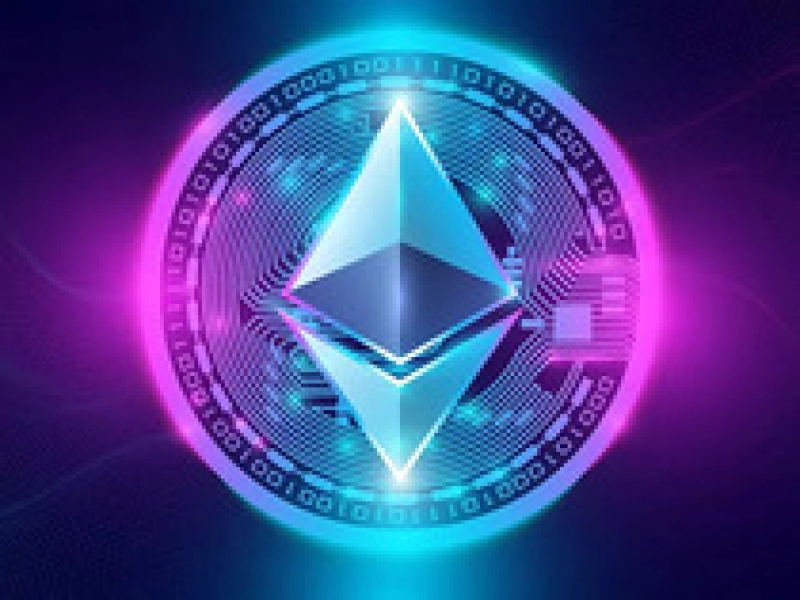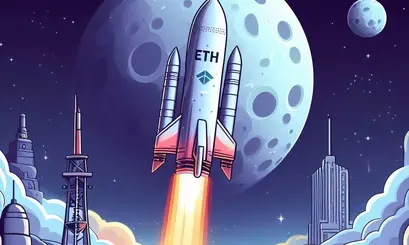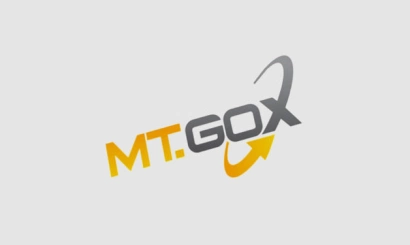Optimism on the Range. What you need to know about L2 solutions for Ethereum
Layer 2 solutions for Ethereum make the network cheaper and faster.
The importance of Layer 2 (L2) solutions as one of the approaches to scaling and increasing Ethereum blockchain throughput is hard to overestimate. Most of the leading DeFi or NFT protocols in the ecosystem support L2 solutions, and project developers are working to integrate them. Some new services are already using Layer 2 solutions at the start, skipping the development phase on the main Ethereum network.
- Key projects
The reason of the popularity of layer 2 solutions is simple: everything that users can do on Ethereum can be done with L2 solutions and spend hundreds of times less on network commissions. The reason for trust in the technology lies in the initial unconditional support and advertising of solutions from the Ethereum Foundation and Vitalik Buterin personally. The latter quite often writes about the development of second-level solutions, which makes projects more advertising. Buterin is more often positive about one particular project - Polygon (MATIC).
The heyday of L2 protocols came in 2022, but this year the dynamics are likely to remain. The amount of transactions using Layer 2 solutions is approaching the indicators of the main Ethereum network. Optimism (OP), launched only six months ago, quickly became one of the leaders in the number of transactions, demonstrating successful integration with the iconic platforms - the decentralized exchange Uniswap and the largest NFT marketplace OpenSea. Additional popularity of the project was brought by a large token distribution for the first liquidity providers, as well as the policy of token distribution by airdrops through ecosystem partners. For example, additional OP tokens can be obtained by using Revert Finance's credit service for existing positions on the Uniswap exchange.
Project Arbitrum also remains one of the leading L2 protocols and stands out for its approach. The protocol uses two types of networks for different tasks: Arbitrum One and Arbitrum Nova. The first one is usually used by those who need a particular level of reliability in DeFi-protocols and are ready to lose the speed and cost of transaction processing for the sake of it. Arbitrum Nova is more suitable for gaming and social applications that need the increased speed of transaction confirmation with minimal fees. The latter's technology is recognized and integrated into the services of leading players in the Web 2.0 space, such as Reddit.
For a basic understanding, we can distinguish three groups, the first of which is usually classified as "Optimistic Rollups", among the most recognizable protocols which are listed earlier Polygon, Optimism and Arbitrum. The second includes solutions of the zkRollups category with Zero knowledge (ZK) proof technology. The most popular projects are Loopring (LRC), zkSync and the Aztec anonymous transaction network.
The third category includes those projects that use branching networks (sidechains) and various combinations of several technologies and networks. For example, the Parastate protocol works by communicating with the Polkadot blockchain and allows the use of popular languages Rust, Golang, and C++ to develop applications. Other examples include the xDAI Chain for applying the DAI stabler to the second layer, or Cartesi (CTSI), which allows the use of decentralized logic in a Linux environment, allowing developers to call the project the first operating system on a blockchain.
- Advantages and disadvantages
The first thing users pay attention to is the number of commissions. The most expensive to use Arbitrum, Optimism has lower commissions and the cheapest solution is Polygon. In any of the three networks, commissions will not exceed a few dollars even in moments of high network load. For comparison, at the peak of the crypto market and the excitement around the release of NFT in the underlying Ethereum network, commissions could reach $200 because of the extremely high load on the network.
The choice of network is often influenced by the availability of highly profitable and user-friendly liquidity pools. The WBTC/USDC concentrated liquidity pool on the Uniswap exchange on the Polygon network tends to attract significant volumes, one of the main reasons for users. The pool's yield with the relative stability of the assets in the pair also leaves the alternatives behind. In January 2023, the yield was more than 105% per annum when setting a range of ±6% percent of the market price of the MATIC token.
A separate important criterion for comparing second-tier solutions is the analysis of the composition of assets in DeFi protocols (total value locked, TVL). The stability of the entire ecosystem of a particular solution for many projects is too dependent on the price of its own asset, a sharp drop in which can provoke cataclysms for the entire DeFi market. The Arbitrum ecosystem is considered to be the most independent from its own token price, simply because the network does not have its own asset at all yet. A large share of TVL of other second-tier solutions, however, is represented by their own tokens, the real value of which is often questionable.
For example, the share of OP token in TVL of the Optimism ecosystem is 33% at the time of writing, and the share of LRC in TVL of the Loopring ecosystem exceeds 58%. Nevertheless, many users accept the risks of "linking" their assets with second-tier solution tokens in liquidity pools while their price is rising - since the beginning of the year, the OP token has risen by more than 180% and LRC has added more than 85% in price, thus making any DeFi initiatives paired with these tokens profitable.
- Risks and alternatives
The main advantage of using second-tier solutions, in addition to low commissions, is convenience. There are quite a few platforms that help users keep statistics and manage all their accounts simultaneously in different protocols. The process of exchanging assets between L2 solutions is also constantly being optimized and is gradually becoming more convenient, cheaper and safer.
The main disadvantage of working with Layer 2 solutions is a high dependence on the Ethereum network, the reliability of which is taken as an absolute given in discussions about the future of L2 projects. Nevertheless, Ethereum itself expects in the near future a large number of major updates, any failures of implementation of which will have a negative impact not only on the price of ETH but also on the tokens of the protocols of the second-level solutions.
An alternative for users who want to use all the advantages of L2 solutions, but be less dependent on the Ethereum network, could be projected that have their own Layer 1 blockchain, such as Fantom or Celo. Using the latter is already possible in many classic DeFi- and NFT services and Celo liquidity pools on Uniswap are popular.
- Bloomberg: U.S. regulator launches investigation into Binance USD, a stablecoin issuer
- Failed at AML? Why LocalBitcoins shut down after 10 years of operation
- Tether's share of the stablecoin market exceeds 51% for the first time since May 2022
- Quantum computer and mining
- "It's a declaration of war." Why the BUSD issue ban is the most important event
- Bitcoin has an NFT. Who makes money on it?
- Ethereum stacking holds the new record




_410x245_00e.webp)


